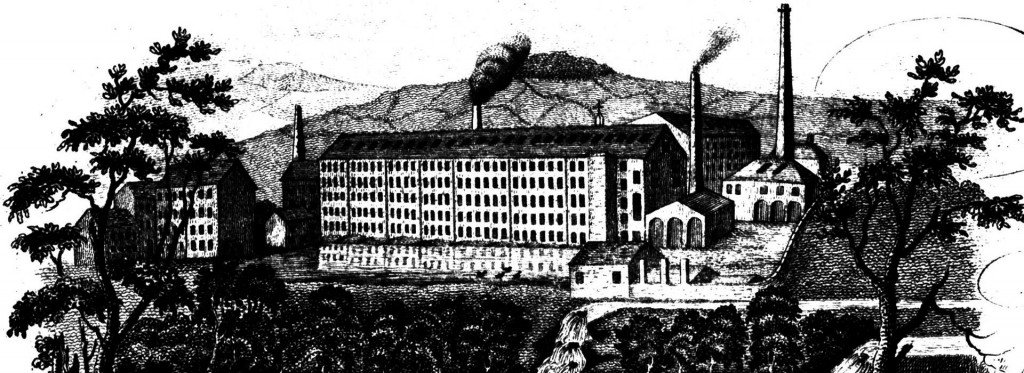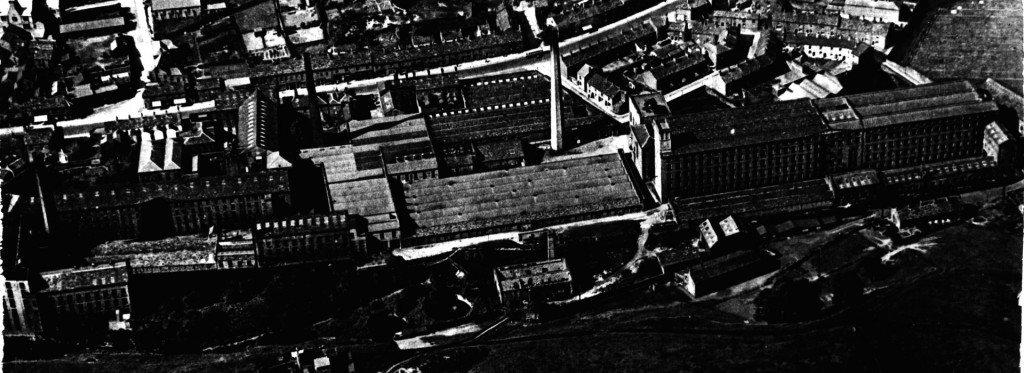
A textile town
Water powered the cotton mills and drove the development of Glossop. The industry boomed in the late 1700s and the medieval village, which is now known as Old Glossop, could no longer meet demand.
The mill owners needed more water, better and cheaper road access and improved access to coal, in order to expand. So they moved a little further down the valley. Expansion transformed the fields into a textile town – Howardtown.
‘New’ Glossop
The Duke of Norfolk (Lord of the Manor of Glossop) and his agent, acutely aware of the opportunities this created, released land to help make it happen and funded the roads and later the railway. Within a few decades Howardtown became the centre of the district, and after the railways arrived it inherited the name Glossop.
As well as the advantage of large areas of relatively flat land and greater falls of water to power the mills, the new settlement had good communications links being focused at the crossing point of two turnpike roads. A key figure in its development was John Wood who had initially established his business at Shelf Brook in Old Glossop.
Rapid Growth
Howardtown grew rapidly. Within a ten-year period it included a range of significant public buildings and soon displaced Glossop as the main administrative centre. By the 1830s, Glossop boasted forty six mills.
Old Glossop remained a thriving local centre though with the growth in population, the area around the Old Market Cross could no longer support the people that came to the annual Wakes fair. The fair was relocated in 1839 to a field in Howardtown where the Glossop Market Hall now stands.

